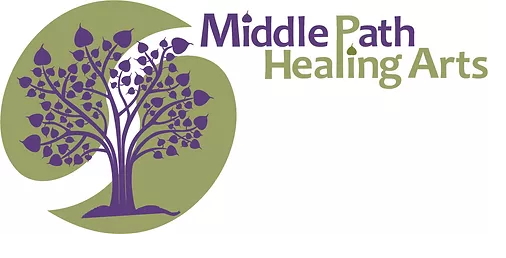Often, if you go to a mindfulness meditation class, the guidance will be to allow your breath to be natural. In other words, don’t control it.
If you go to a yoga class though, you will likely receive instruction to intentionally lengthen and control your breathing, at least some of the time.
So, if yoga and meditation are all part of the same process, or at least have similar aims, why this seeming difference in instructions?
The answer is actually pretty simple.
It lies in understanding that both meditation and yoga are processes that have distinct phases. Both meditation and yoga unfold over time. The choice that a skilled, experienced practitioner makes about whether to bring intention and direction to breathing or to allow it to be natural depends on what they are experiencing as that process unfolds.
The Buddha himself, in a talk he gave to a large group of his meditation students, suggested that it’s useful for meditators to be aware of when the breath is long and when the breath is short.
By and large, when we sit down to meditate, some emotional and physical residues of our lives are generally present, so at first we may find the breathing jagged, rough or strained. When this is the case, taking some longer, slower intentional breaths until the bodily system has settled, can serve the meditation practice. Then, the intention to breathe more fully can be released. Very likely, the breathing will grow slower and shorter as the physical and emotional demands of ordinary life activity fade into the past as the person simply sits.
I suspect the ancient and essential mindfulness practice of being aware of the long breath and aware of the short breath may have led to a much of the development of the yogic systems of breath development, which offer profoundly helpful – albeit subtle and complex – methods for creating, enhancing and sustaining well-being by exploring and gently directing the breath.
Today, modern science is beginning to agree with the ancient yogis about the importance of breathing well for phiscial and mental health. Some noteworthy, evidence-informed benefits of breathing mindfully include:
- Decreasing stress chemicals (e.g. cortisol)
- Reducing bodily tension;
- Enhancing circulation and digestion;
- Increasing body awareness and balance;
- Improving focus and clarity;
- Activating the lymph system, which purges toxins and reduces anxiety;
- Facilitating enjoyment of the present moment.
Given all this, I suggest to my students practicing awareness of both voluntary and involuntary breathing. Awareness of intentional breathing, practiced gently and following both ancient yogic wisdom and modern science-backed techniques, sets the stage for an experiential learning process that can greatly enhance physical and emotional well-being. Awareness of involuntary breathing takes the practitioner deeper into the layers of contemplative practice that heal the mind and lead toward wisdom, freedom from suffering and inner peace.

